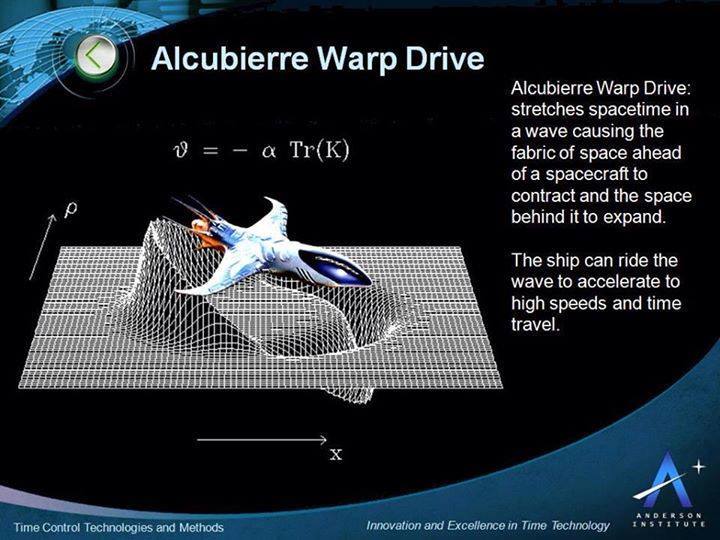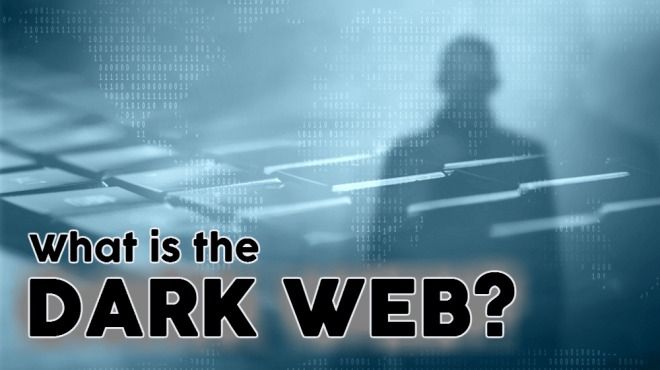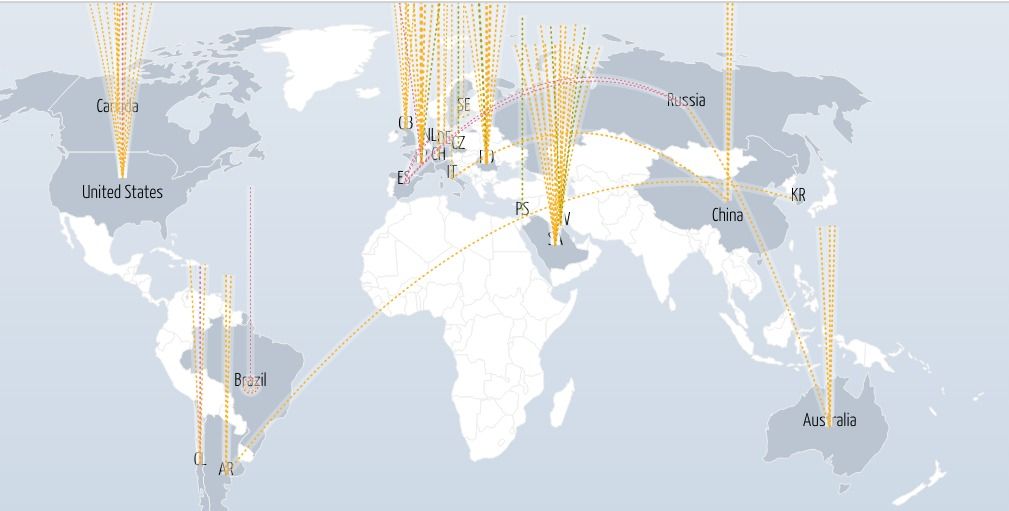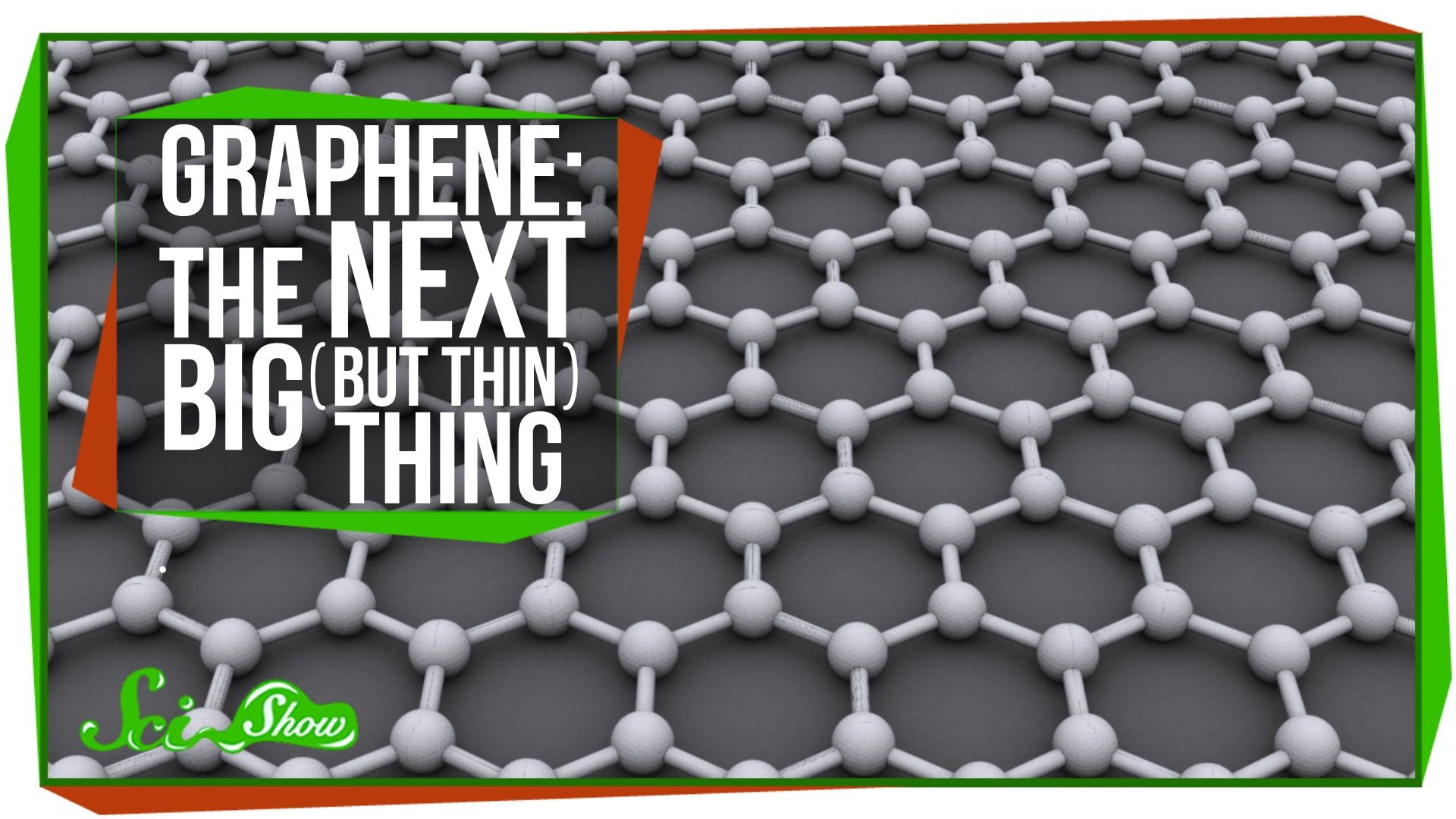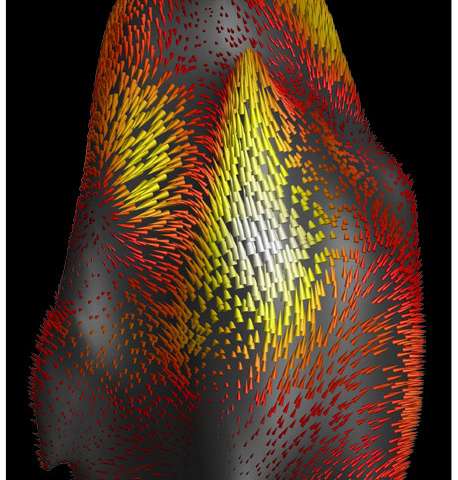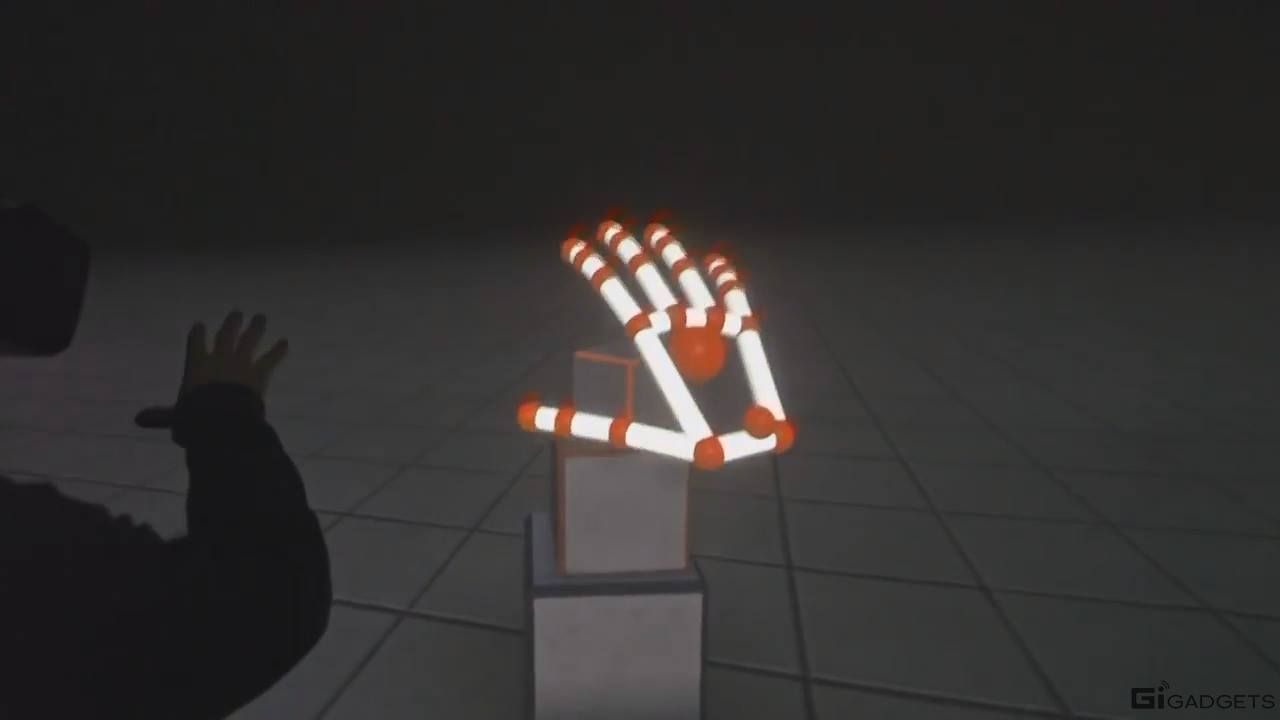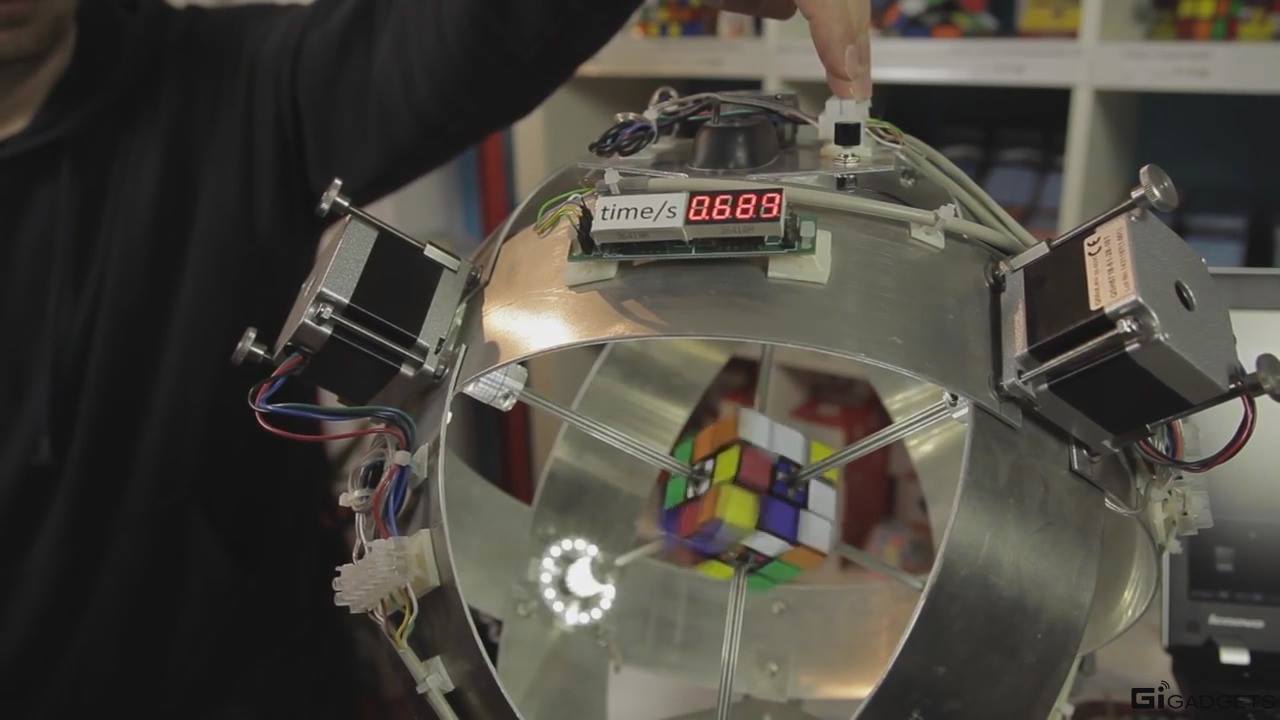More great news on Quantum Networks; some banks in Europe are leveraging the technology to communicate among themselves.
Light is everywhere. Even the darkest of rooms in our homes contain a handful of blinking LEDs. But what is light? Few of us ever stop to think about this question. Around a hundred years ago scientists discovered that light comes in granules, much like the sand on a beach, which we now call photons.
These are truly bizarre objects that obey the rules of the quantum world. The rules allow some pairs of photons to share a property called entanglement. After being entangled, two photons behave as one object. Changing one photon will affect the other at exactly the same time, no matter how far apart they are.
Far from being a strange but useless property, this is now being put to good use to build computer networks that cannot be hacked. Imagine the scenario where you’re buying a gift over the internet. You will need to input your credit card details, hoping nobody steals them. But what happens if there is a smart criminal tapping your line, listening in to all your communications? Well, there is nothing stopping that eavesdropper from making off with your credit card details and using them on their next shopping spree.

